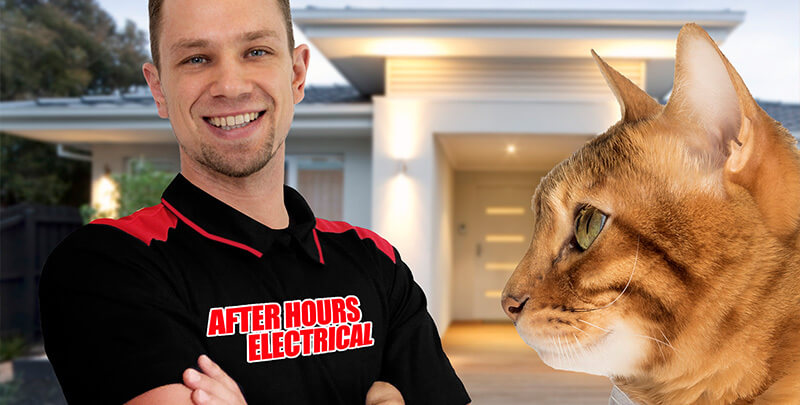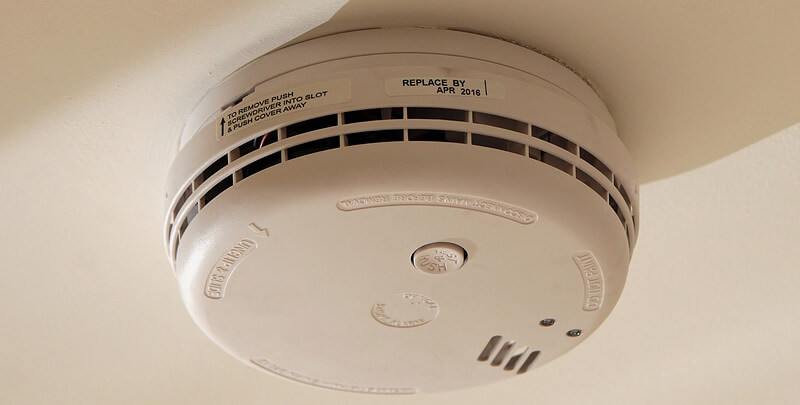What Kind of Smoke Alarm Should I Buy?

Smoke alarms are an essential component of home safety, acting as the first line of defense against the threat of fire. These devices are crucial in alerting occupants to potential danger, providing valuable time for evacuation and minimising the risk of casualties.
As we delve into this comprehensive guide, we will explore the various types of smoke alarms, considerations for purchase, regulatory standards, installation and placement, and maintenance tips, and address common questions to help you make an informed decision for your home.
Understanding Smoke Alarms
Understanding the significance of smoke alarms is paramount to ensuring your household’s fire safety. Smoke alarms act as vigilant sentinels, detecting smoke in its early stages, even before the flames become visible.
This early detection is crucial, as it allows for timely evacuation and the summoning of emergency services, significantly reducing the risk of injuries and fatalities in the event of a fire.
The statistics speak for themselves, with studies indicating that homes with functional smoke alarms are far less likely to experience severe fire-related outcomes.
Types of Smoke Alarms
Here are the three different types of smoke alarms:
-
Ionisation Smoke Alarms
Ionisation smoke alarms operate by using a small amount of radioactive material to ionise the air. When smoke enters the ionisation chamber, it disrupts the flow of ions, triggering the alarm. These alarms are particularly sensitive to fast-burning, flaming fires. However, they have drawbacks, such as a tendency to produce false alarms from cooking activities and potential delays in detecting smouldering fires.
-
Photoelectric Smoke Alarms
Photoelectric smoke alarms employ a different mechanism, using a light source and a sensor. When smoke particles enter the chamber, they scatter the light, reducing the light reaching the sensor and triggering the alarm. These photoelectric alarms excel at detecting slow-burning, smouldering fires, making them a valuable complement to ionisation alarms. However, they may be prone to false alarms in dusty or humid environments.
-
Dual Sensor Smoke Alarms
Dual-sensor smoke alarms combine ionisation and photoelectric technologies to provide comprehensive fire detection capabilities. This hybrid approach offers a well-rounded smoke detector solution, covering a broad spectrum of fire types. While they may be slightly more expensive, the added protection and reduced risk of false alarms make them a compelling choice for many homeowners.
Considerations for Purchase
Things that you need to consider before purchasing a smoke alarm:
-
Power Source
Choosing the right power source for your smoke alarm is a critical decision. Battery-operated alarms are easy to install and maintain, making them suitable for homes without hardwiring capabilities. However, most hardwired smoke detectors and alarms, connected directly to the electrical system, ensure constant power, eliminating the need for battery replacements. It’s essential to weigh the convenience of battery-operated alarms against the reliability of hardwired options.
-
Interconnected Alarms
Interconnected smoke alarms offer an additional layer of safety by communicating with each other. If one alarm detects smoke, all interconnected alarms sound simultaneously, providing comprehensive coverage throughout the home. When considering interconnected alarms, homeowners must choose between wired and wireless interconnection options. Wired systems involve physical connections between warnings, while wireless systems utilise radio frequency signals for communication.
-
Smart Smoke Alarms
The advent of innovative technology has extended to smoke alarms, introducing features that enhance convenience and connectivity. Smart smoke alarms can send alerts directly to your smartphone, allowing for remote monitoring and quick response, even when you’re away from home. Integration of nuisance alarms with home automation systems further enhances their functionality, enabling seamless coordination with other smart devices in your household.

Maintenance Tips
Ensuring that your smoke alarms are properly maintained is essential for their reliable performance in times of need. Regular maintenance not only prolongs the life of the warnings but also ensures that they remain effective in the early detection of smoke or fire.
Here are some essential maintenance tips to keep your smoke alarms in optimal condition:
- Monthly testing: Perform a monthly test of each smoke alarm in your home. Most alarms have a dedicated test button. Press and hold it until you hear the alarm sound. If the alarm doesn’t sound or sounds weak, replace the batteries or the entire unit if necessary.
- Battery replacement: Change the batteries in your smoke alarms at least once a year, even if they function correctly. Many alarms emit a low battery warning chirp when the batteries need replacement. Use high-quality, long-lasting batteries to ensure continuous operation.
- Clean regularly: Dust and debris can accumulate on the sensors and affect the performance of your smoke alarms. Gently vacuum or dust the alarms at least once every six months. Avoid using cleaning agents or liquids, as these can damage the sensors.
- Check the expiration date: Smoke alarms have a limited lifespan, usually around ten years. Check the manufacturing date on the back of the notice and replace it if it’s nearing or past its expiration date. It ensures that you have the latest technology for optimal fire detection.
- Interconnected system testing: If you have interconnected smoke alarms, test the system by pressing the test button on one alarm. All interconnected alarms should sound simultaneously. This feature ensures that if one alarm detects smoke, all occupants in the home are alerted.
- Keep pathways clear: Ensure that the pathways to your smoke alarms are clear of obstructions. Avoid placing furniture or other items directly beneath the alarms to allow for unimpeded airflow and optimal smoke detection.
- Follow the manufacturer’s guidelines: Adhere to the manufacturer’s guidelines and recommendations for maintenance. Different brands and models may have specific testing, cleaning, and battery replacement instructions. Consult the user manual for accurate information.
- Stay informed on updates: Stay informed about any updates or recalls related to your smoke alarms. Manufacturers may issue updates to address emerging safety concerns or improve device functionality. Regularly check the manufacturer’s website for any relevant information.
- Incorporate into home safety plan: Integrate smoke alarm maintenance into your overall home safety plan. Discuss the importance of regular checks with all household members, emphasising the role of smoke alarms in early fire detection.
- Document maintenance dates: Keep a record of when you perform maintenance tasks on your smoke alarms. This documentation helps track the age of the battery-powered smoke alarms, the last time batteries were changed, and any issues encountered during testing.
By consistently following these maintenance tips, you ensure that your smoke alarms remain in top working condition, providing you and your loved ones with reliable protection against the threat of fire.
Regular upkeep and installation of smoke alarms is a small investment of time that pays significant dividends in home safety and peace of mind.

Choose the Right Smoke Alarm
Selecting and maintaining the right smoke alarm is pivotal to ensuring your home’s and its occupants’ safety and well-being. By taking a comprehensive approach and considering various factors, such as the type of smoke alarm sounds used, power source, and connectivity options, you set the foundation for an effective fire detection system.
Considerations for purchase, such as the power source (battery-operated vs. hardwired), the importance of interconnected alarms, and the integration of smart smoke detectors and alarms into your home automation system, play a crucial role in creating a comprehensive and reliable safety network.
Installing smoke alarms requires careful attention to detail, following manufacturer instructions and local regulations. Properly installed smoke alarms in key areas of your home provide optimal coverage and increase the likelihood of early smoke detection.
Maintenance by professional services is the ongoing commitment to the effectiveness of your smoke alarm system. Monthly testing, regular cleaning, battery replacements, and adherence to manufacturer guidelines contribute to the longevity and reliability of your alarms. By incorporating these practices into your routine, you actively contribute to the overall safety of your household.
Ultimately, your choices in selecting, installing, and maintaining smoke alarms directly impact the safety of your home and loved ones.
A proactive and informed approach to alarm sounds and regular diligence transform these devices from mere components to vigilant guardians. Through these measures, your commitment to home safety brings peace of mind and ensures that your residence remains a secure haven for years.
Please note: This information is provided for advice purposes only. Regulations differ from state to state, so please consult your local authorities or an industry professional before proceeding with any work. See After Hours Electrical’s Terms & Conditions here.